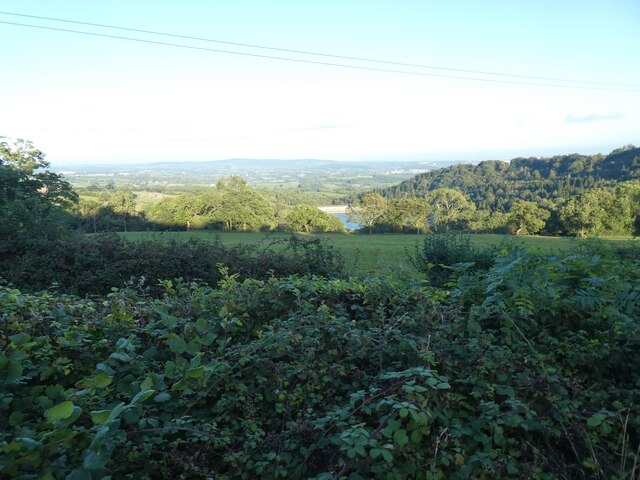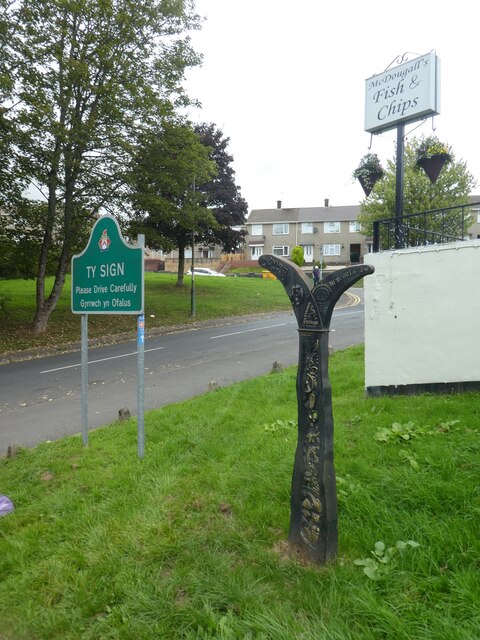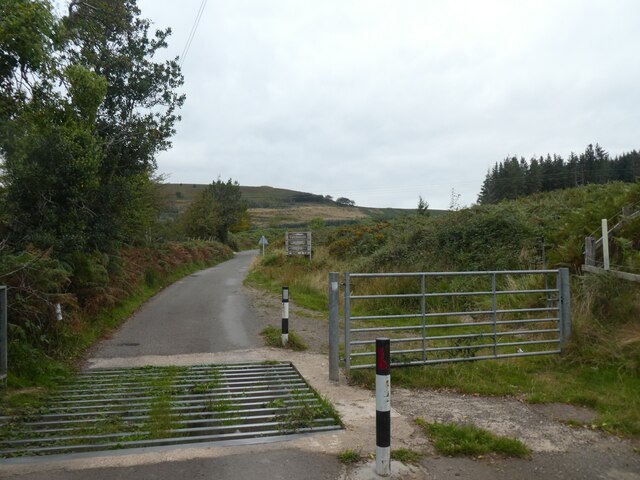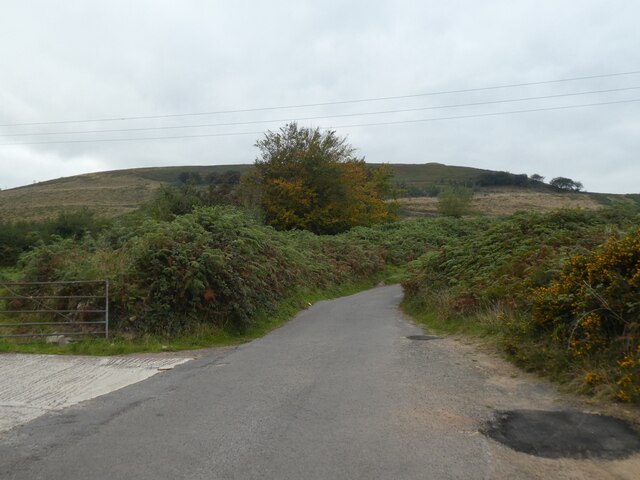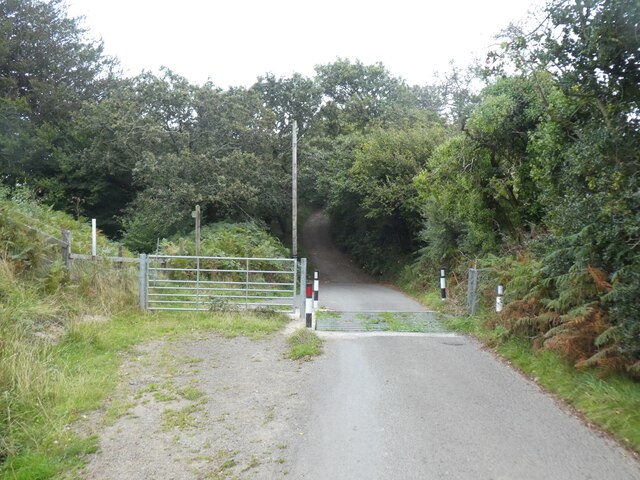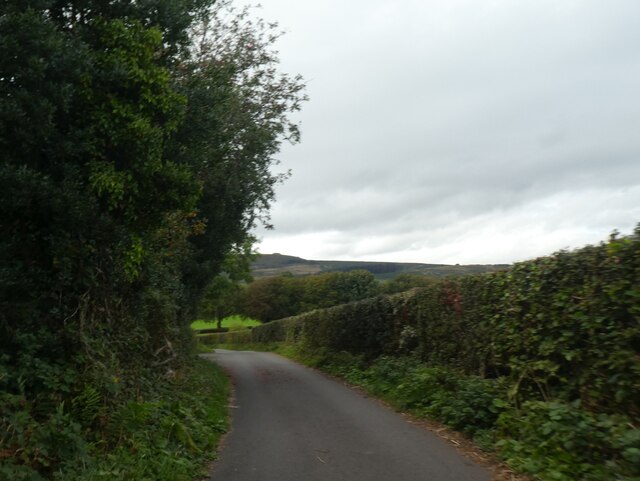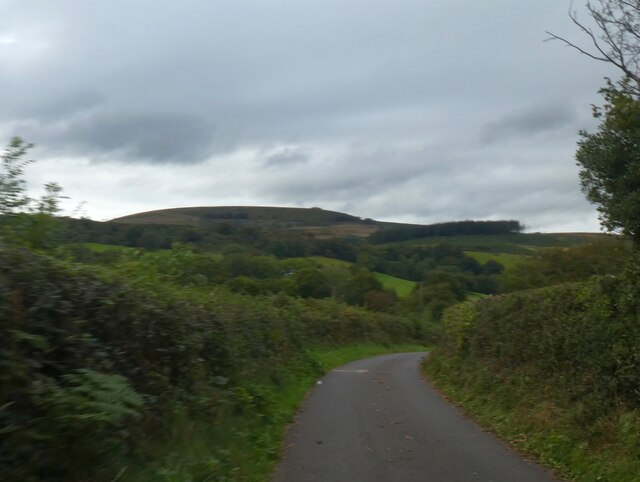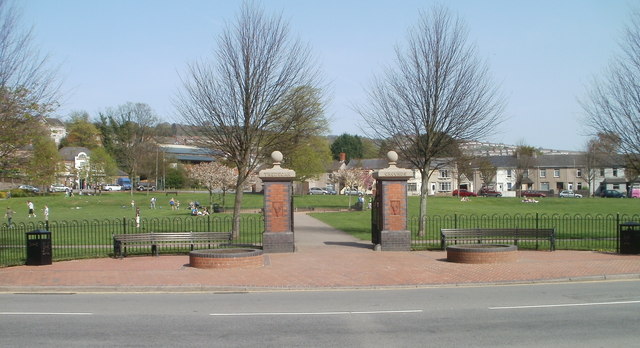Coed Pant-yr-eos
Wood, Forest in Monmouthshire
Wales
Coed Pant-yr-eos
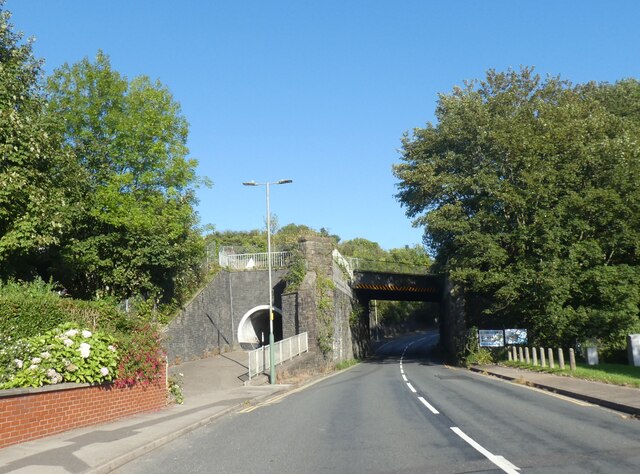
Coed Pant-yr-eos is a picturesque woodland located in Monmouthshire, Wales. Spanning an area of approximately 50 acres, this tranquil forest is a haven for nature lovers and outdoor enthusiasts alike. The name "Pant-yr-eos" translates to "Valley of the Nightingale," and it is not hard to see why. The woodland is known for its rich biodiversity and is home to a wide variety of bird species, including the enchanting nightingale.
The forest is predominantly composed of native broadleaf trees, such as oak, beech, and ash, creating a dense and vibrant canopy overhead. Beneath this canopy, a diverse understory of plants thrives, including bluebells, wild garlic, and ferns. The forest floor is a lush carpet of moss and fallen leaves, providing a perfect habitat for a range of small mammals and invertebrates.
Coed Pant-yr-eos offers visitors a network of well-maintained walking trails, allowing them to explore the forest at their own pace. These trails wind through the woodland, offering glimpses of babbling streams, hidden clearings, and ancient trees. The peaceful ambiance provides an ideal setting for leisurely walks, birdwatching, or simply soaking in the beauty of nature.
The forest is also a popular destination for educational visits and nature study. Local schools and organizations often organize guided tours, where visitors can learn about the forest ecosystem, wildlife conservation, and the history of the area.
Coed Pant-yr-eos is a true gem of Monmouthshire, providing a tranquil escape from the hustle and bustle of everyday life. With its diverse wildlife, stunning scenery, and peaceful atmosphere, it is a must-visit destination for nature enthusiasts and those seeking a connection with the natural world.
If you have any feedback on the listing, please let us know in the comments section below.
Coed Pant-yr-eos Images
Images are sourced within 2km of 51.619016/-3.0710034 or Grid Reference ST2591. Thanks to Geograph Open Source API. All images are credited.
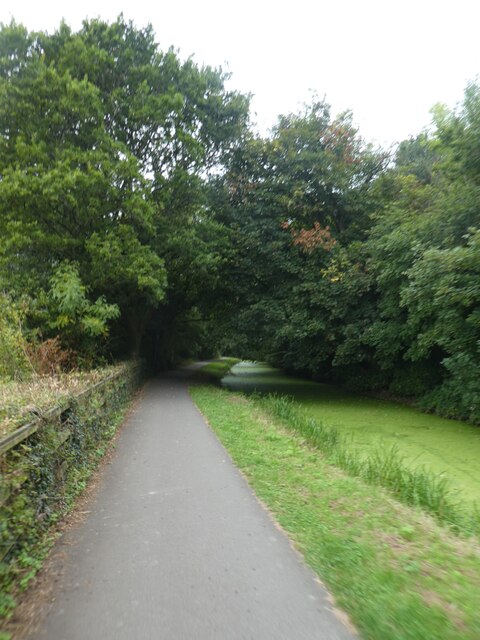



Coed Pant-yr-eos is located at Grid Ref: ST2591 (Lat: 51.619016, Lng: -3.0710034)
Unitary Authority: Torfaen
Police Authority: Gwent
What 3 Words
///bandage.both.kidney. Near Risca, Caerphilly
Nearby Locations
Related Wikis
Risca Community Comprehensive School
Risca Community Comprehensive School is a community comprehensive school located in the town of Risca near Newport on the eastern side of the Caerphilly...
Risca
Risca (Welsh: Rhisga) is a town in the Caerphilly County Borough and the historic boundaries of Monmouthshire in south-east Wales. Risca has a railway...
Welsh Oak
The Welsh Oak is a pub located in Pontymister, Caerphilly County Borough, Wales. In recent years, due to a decline in trade, the pub has ceased trading...
Twmbarlwm
Twmbarlwm, also known as Twm Barlwm, Twyn Barlwm or locally known as "the Twmp" (translation: hump), the Nipple or the Pimple because of the mound that...
Tynycwm Halt railway station
Tynycwm Halt railway station served the town of Risca, Monmouthshire, Wales, from 1935 to 1962 on the Monmouthshire Railway. == History == The station...
Panteg A.F.C.
Panteg AFC is a Welsh football club located in Griffithstown, Pontypool, Torfaen, South Wales. The club was founded in 1935 and currently runs two senior...
Risca and Pontymister railway station
Risca and Pontymister railway station (Welsh: Rhisga a Phont-y-meistr) is a station on the Ebbw Valley Railway in south-east Wales. It serves the village...
Risca railway station
Risca railway station was a station on the Monmouthshire Railway and Canal Company Western Valley line, later the Great Western Railway. It was located...
Nearby Amenities
Located within 500m of 51.619016,-3.0710034Have you been to Coed Pant-yr-eos?
Leave your review of Coed Pant-yr-eos below (or comments, questions and feedback).





